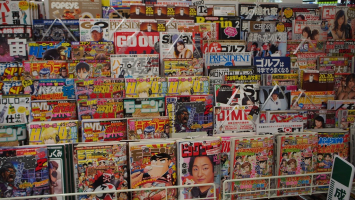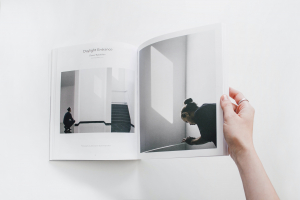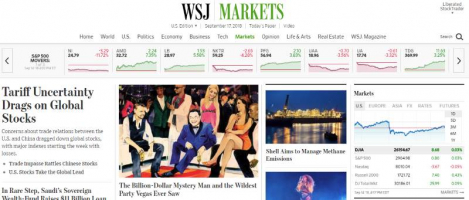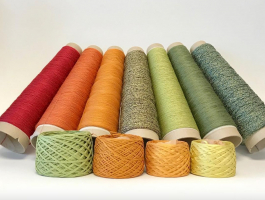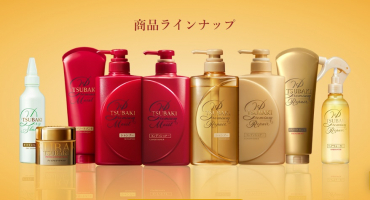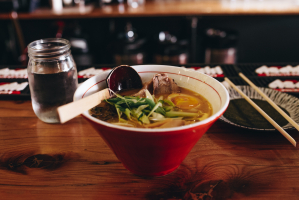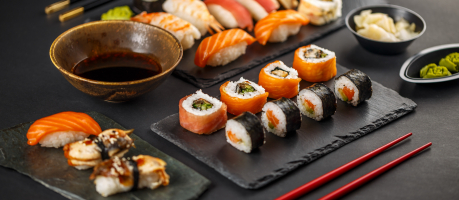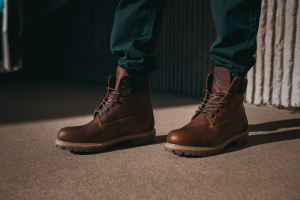Top 10 Best Japanese Magazines
Reading Japanese magazines is a good way to learn about this country, where people still maintain the habit of reading books every day. Because of that habit, ... read more...you can rest assured that the contents of the magazines keep up with the times and will provide you with useful information about Japan. Below is a list of the best Japanese magazines.
-
Published in English in 1981, Tokyo Journal is a publication that focuses on Tokyo and Japan. Don Morton served as the publication's first edited-in-chief before transitioning to writing Metropolis movie reviews.
24 black-and-white pages made up the initial edition, which cost 200 yen. A glossy, 82-page, monthly color magazine was eventually created out of it. Although it states that it is released quarterly and retails for 600 yen as of 2010, the publication schedule seems to remain a mystery.After serving as Tokyo's top English-language publication for many years, the Tokyo Journal has switched to becoming bilingual, enabling its audience to learn about all Tokyo, Japan, and its people have to offer in both English and Japanese. Tokyo Journal introduces a variety of intriguing people as well as Japan's best hotels, vacation locations, and food to its readers as a prominent travel, lifestyle, and international magazine that has been publishing for many years.
In addition, the magazine creates the top ten lists of food, travel, entertainment, and Japanese pop culture to share with people who want to deeply understand Japan via magazines. This website is divided into 14 sections to distribute clear topics about Tokyo and Japan so that readers can easily access and find the information they want.
Founded in: 1981
Website: https://www.tokyojournal.com/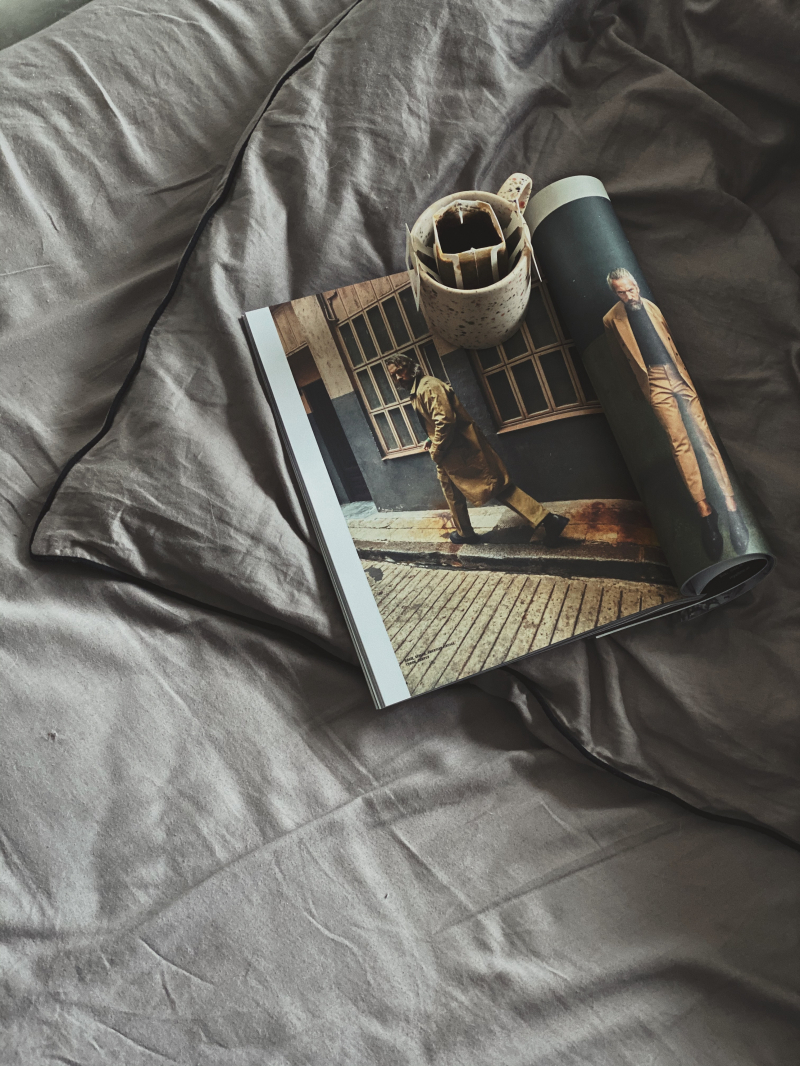
Photo by Kateryna Hnidash on Pexels 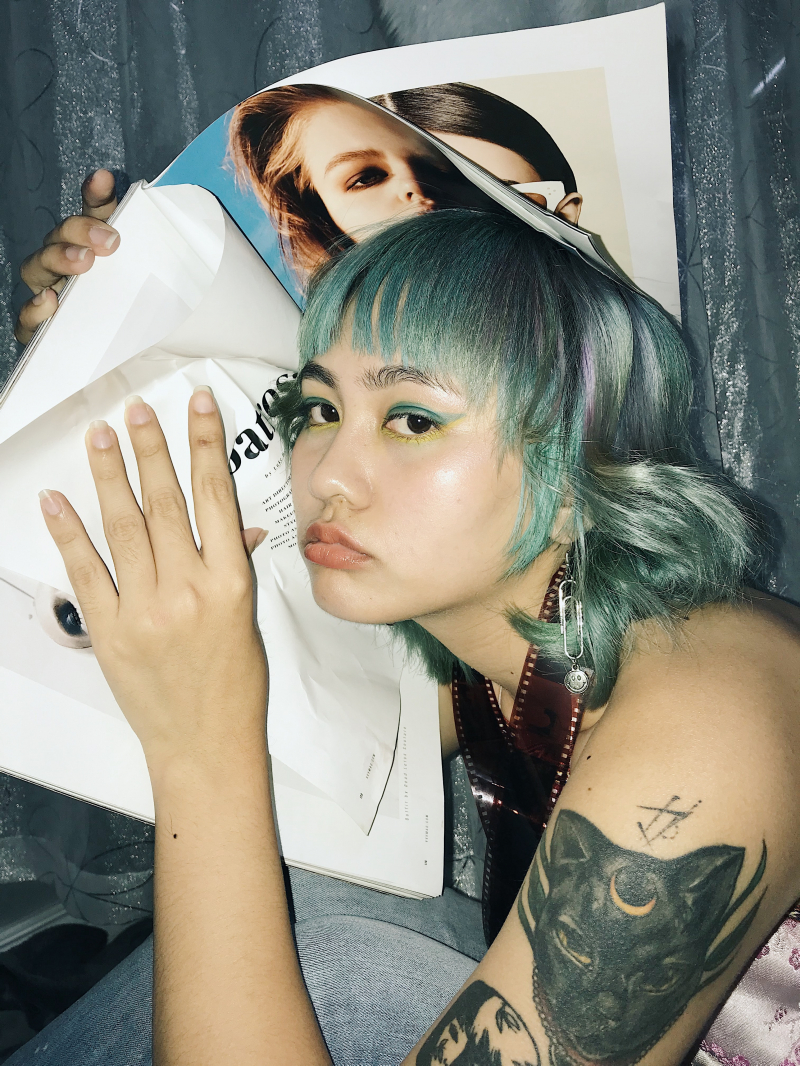
Photo by Ike louie Natividad on Pexels -
For teenage girls, Shueisha publishes Seventeen, a monthly fashion magazine in Japan. This magazine is the best-selling Japanese teenage fashion magazine.
This magazine is a weekly publication that was modeled after the original American Seventeen, Seventeen was first published in 1967. In 1987, the name was changed to SEVENTEEN, then in 2008, it was renamed Seventeen.
Seventeen has featured its exclusive young models as ST-Mo (Seventeen Model) and has been the best-selling teenage fashion publication in Japan since the late 1990s. Models (teenage models) compete fiercely to be included in Seventeen since doing so, especially on the cover and other prominent pages greatly increase their chances of landing lucrative contracts and top-tier endorsements. Among the well-known former Seventeen models are Anna Tsuchiya, Hinano Yoshikawa, Megumi Asaoka, Keiko Kitagawa, Nana Eikura, Mirei Kiritani, Rie Miyazawa, and Emi Suzuki.
Seventeen-Web has a substantial amount of content on YouTube, Twitter, and Instagram! Also, there is a ton of unique content available, including model blogs. This magazine is the "No. 1 adolescent media" that attracts trend-conscious females. Admired high school and junior high school kids serve as seasonal spokespersons for topics like style and attractiveness! This magazine is a favorite with its readers since it also offers tips and ideas for youngsters.
Founded in: 1967
Website: https://seventeen-web.jp/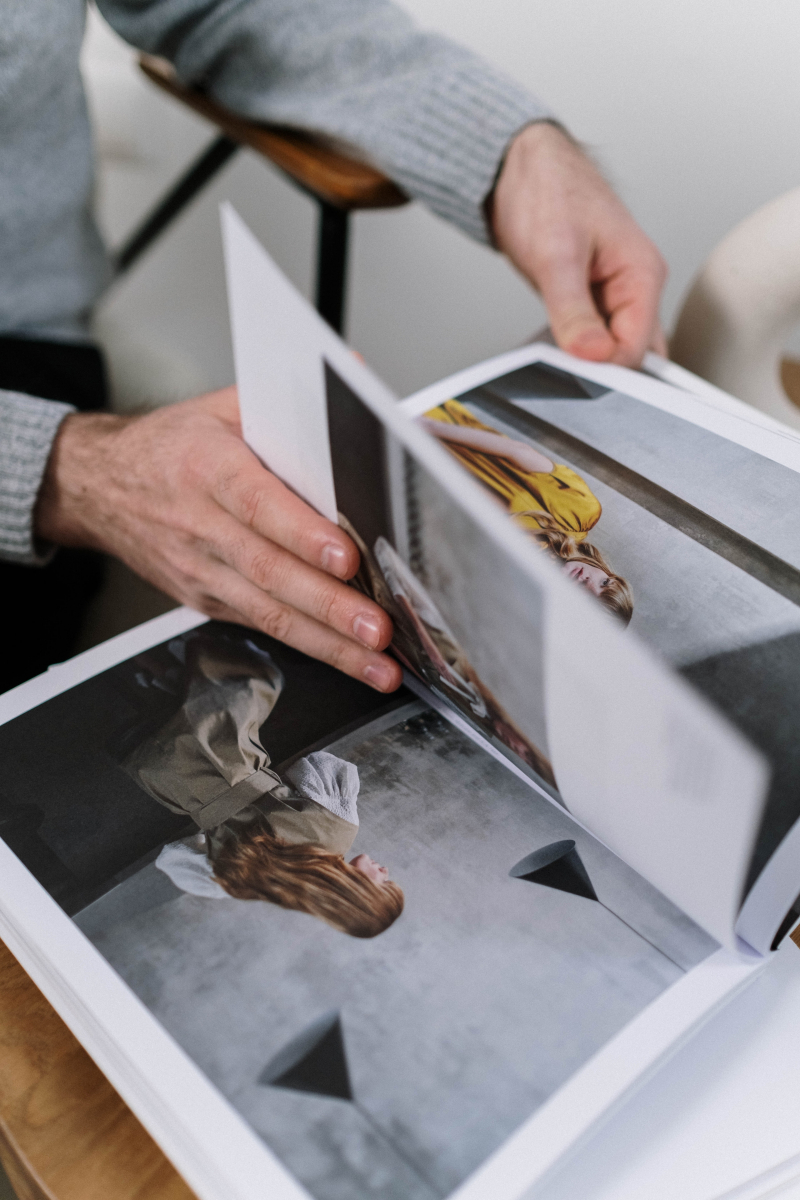
Photo by cottonbro studio on Pexels 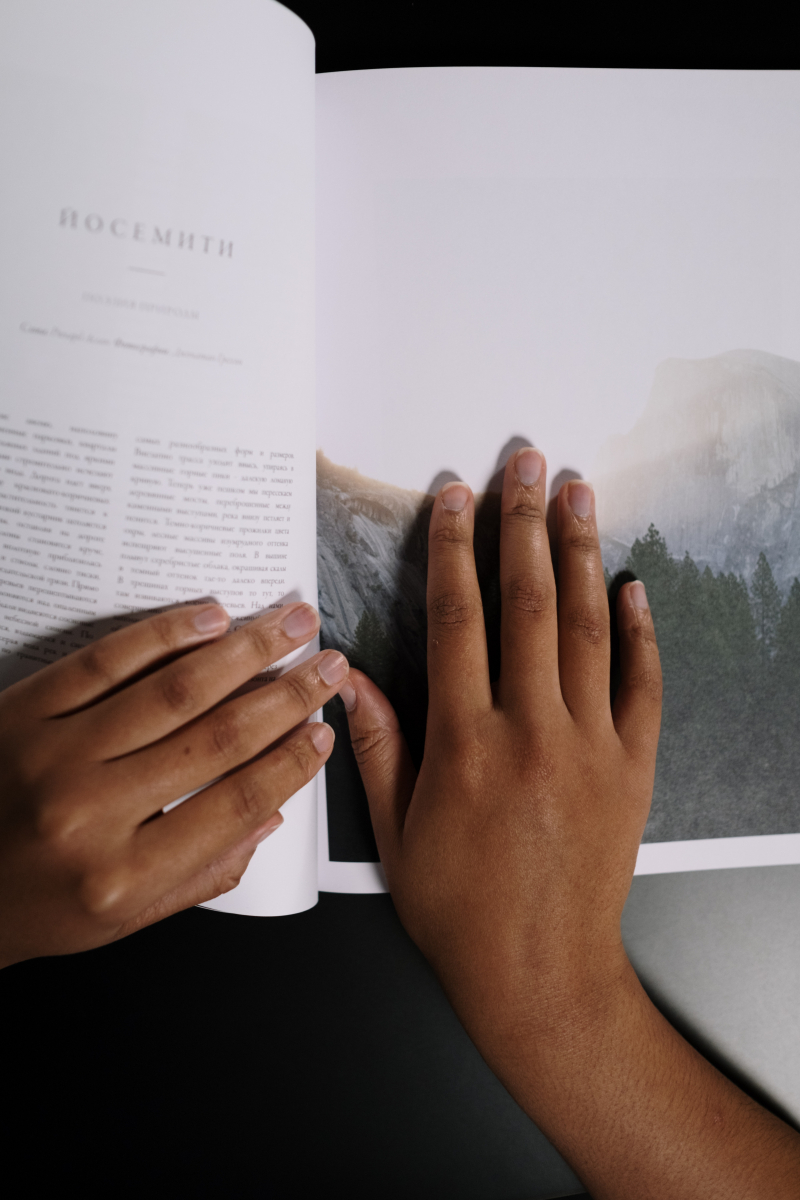
Photo by cottonbro studio on Pexels -
Popteen is a Japanese monthly teen fashion magazine published by the Kadokawa Haruki Company. Kadokawa Shoten released the first issue on October 1, 1980. Asuka Shinsha, who purchased the magazine for 200 million yen, published subsequent editions. The magazine was purchased by the Kadokawa Haruki Company for 600 million yen in 1994 and has since become its flagship product.
Popteen is likewise aimed at teenagers, however, it includes more feminine adorable fashion than Seventeen. Popteen is another famous source for 'gyaru' fashion and a terrific magazine for new 'gals.' They also provide beauty and hair advice to correspond with the season's fashion, which is a very charming and delicate touch.
This is one of Asia's most popular fashion publications. The journal is available in Japan, Taiwan, and Thailand, and it just started a website in the United States. Furthermore, for years, Popteen magazine has been at the forefront of the current fashionable fashion among young women in Japan, and its bestseller position has now made it a global sensation! Bringing you the hottest fashions and brands from Shibuya and Harajuku.
Ayumi Hamasaki (dubbed the "Queen of J-pop") has appeared on the cover 19 times, the first time in 2000. Kumi Koda and Namie Amuro have also been on the cover, as have overseas performers including Avril Lavigne, Britney Spears, Fergie, and Gwen Stefani.Founded in: 1980
Website: https://popteen.co.jp/media/

Photo by Ekrulila on Pexels 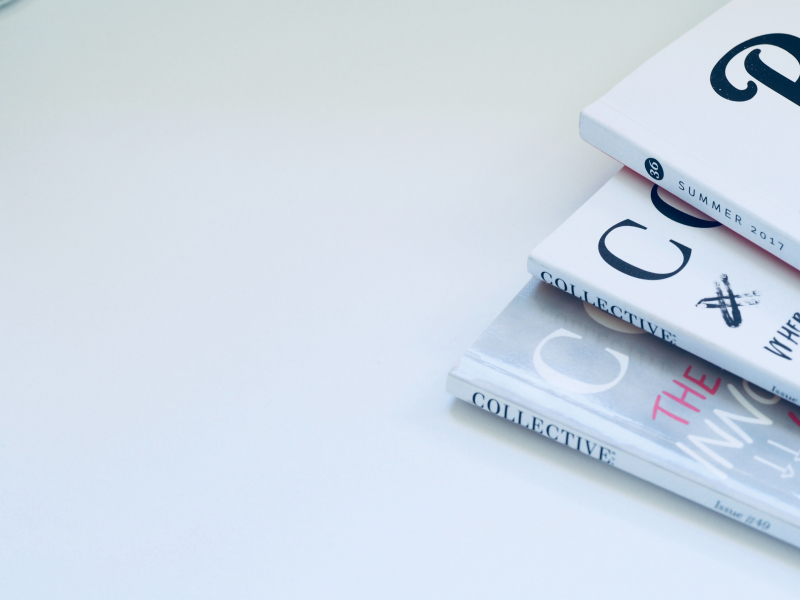
Photo by Jess Bailey Designs on Pexels -
One of the most popular Japanese fashion publications is Vivi Magazine. The magazine is published by Kodansha Limited. The Vivi website has articles on a variety of topics, including excellent lifestyles, gender, cuisine, eating, sports, clothing, relationships, and more. In addition to Hong Kong and China, Vivi magazine is also published in Taiwan (Vivi is published in the Chinese language).
This magazine is ideal for an adult look. It's perfect for a 22-year-old who wants to seem feminine and sexy-elegant. ViVi also covers certain entertainment news in addition to providing advice on seasonal fashion, hair, and cosmetics. It has a strong emphasis on mixing and matching clothing to create numerous distinctive appearances and includes a lot of "hafu" (biracial, half-Japanese) models.For the most part, they target teens and women in the age group of 17 to 27 years old, with the main audience being university students and young office women.
Namie Amuro, who has appeared on the cover the most time, is known as the "cover queen" of the publication. Ayumi Hamasaki and Kumi Koda are two more artists that are commonly seen on the cover. Nevertheless, in 2010 there were 286,039 copies of Vivi in circulation, and in 2011 there were 234,370.Founded in: 1983
Website: https://www.vivi.tv/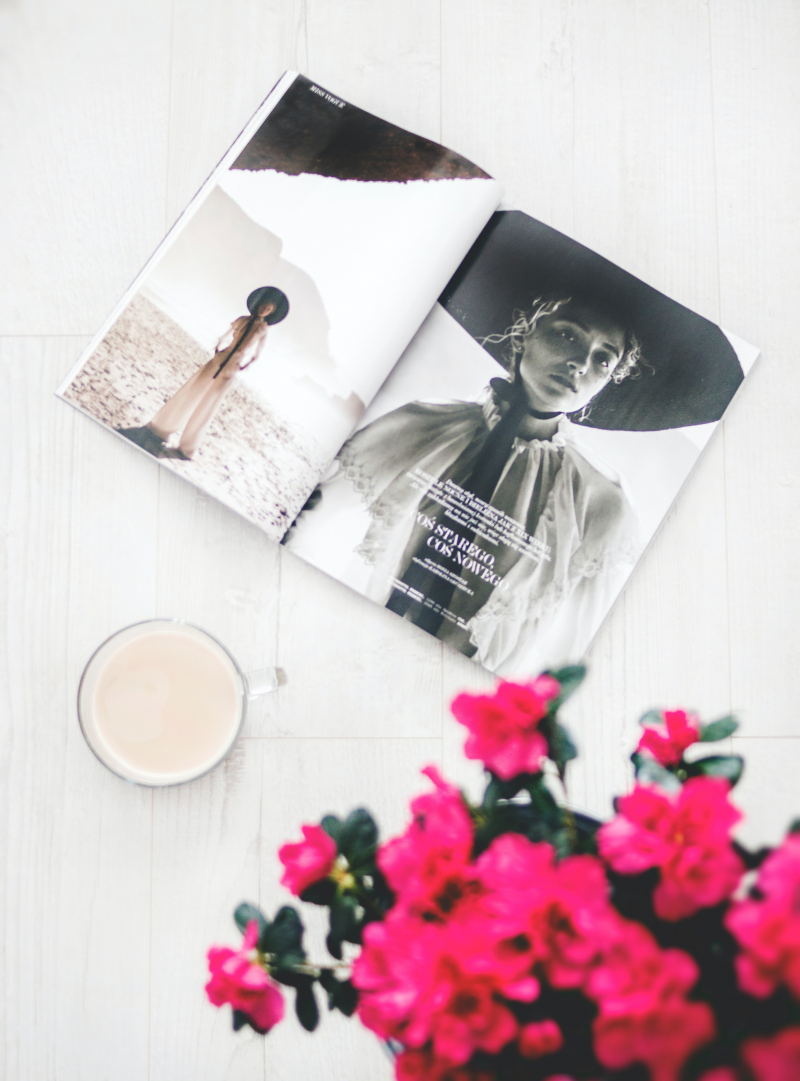
Photo by Dominika Roseclay on Pexels Vivi Channel's Youtube Channel -
CanCam magazine is a Japanese monthly fashion magazine published by Shogakukan. The publication, which provides information on fashion, beauty, bags, accessories, and related issues, was designed for people who are fashion-conscious. The magazine is intended for both university students and new office ladies as a reference for mote-kei fashion (mote-kei is a highly popular style in Japan). Women who want to be leaders in the workplace and at universities love this magazine. It's a magazine with a very 'mote-kei' sense of style that celebrates femininity without being overtly sensual.
CanCam has dominated the women's fashion industry in recent years in part because of its focus on mote-kei. It is the height of femininity without flaunting uniqueness or sexual appeal. The goal is to pique the most male attention possible by seeming appealing to both sexes. The CanCam model Yuri Ebihara is the face of mote-kei. The active employment of senzoku models by CanCam-models that only appear in a single publication-is another factor. In particular, Yu Yamada, Yuri Ebihara, and Moe Oshikiri are used by the company frequently.
Similar to going to McDonald's, you always know what you will get. There are no surprises. You become addicted to the magazine if you are a fan of a certain model. CanCam gives catalog style guidance (pictures with brands and prices on the side) and in-depth essays on combining and matching popular fashion products, like the majority of Japanese fashion publications. Often, cheap clothing is paired with pricey jewelry and handbags from luxury brands. CanCam has a circulation of 500,000 as an outcome.
Founded in: 1981
Website: https://cancam.jp/

Photo by Alexander Mils on Pexels CanCam's Youtube Channel -
Shueisha is the publisher of Non-no, a famous magazine for Japanese women's fashion and leisure. Moreover, Tokyo serves as the publication's headquarters. This magazine, with the tagline "Media for yourself" for Generation Z, is targeted at college students who are prepared to invest in themselves. Daily tips on fashion and beauty are being sent out via Email, along with a ton of gorgeous pictures of the best models for the current season and practical advice for working people who are looking for jobs.
In 1971, the publication began to be published every two weeks. In February 1971, the first edition came out. In comparison to other Japanese fashion publications like Cawaii!, Olive, and so forth, Non-no has a somewhat longer history. Teenagers and women in their early 20s are the magazine's primary demographic.Non-no, and other women's magazines supply their readers with content aimed at helping them build their sense of self, as opposed to focusing on gossip. In 1978, Non-no had an 850,000 copy circulation as a response. The magazine brought in $440,870 in sales in 2006.
With several sections that range from fashion spreads to horoscopes and interviews, Non-no Magazine takes a rather conventional approach to the present. The magazine's fashions cover a similarly wide spectrum, from the more ornate, flashy styles that Japan is renowned for to what is commonly referred to as "real clothing" designs, or outfits that can be easily purchased by the reader at a nearby store.
Founded in: 1971
Website: https://nonno.hpplus.jp/

Photo by Pixabay on Pexels non-no's Youtube Channel -
One of Japan's oldest fashion periodicals, Popeye has been operating since the 1970s and should not be mistaken for the fictional cartoon character of the same name. Japan's Tokyo is home to the monthly fashion and men's publication Popeye. One of the first publications to provide stories about men's fashion is this one. "Magazine for City Boys" is its slogan. Also, the publication is regarded as Nylon magazine's Japanese equivalent. In addition, it has developed into a leading menswear publication for young fashion fans.
With the abundance of exclusive editorials it has published featuring some of the greatest names in streetwear, it wouldn't be a leap to refer to it as a "legendary" magazine. As Popeye has been around for more than 800 issues (and counting), it has come to represent the fashion and lifestyle scene in Japan, and many adults of today grew up buying a copy every month.
This journal features a lovely vintage look as well as intriguing coverage of stylish attire, outdoor activities, and cuisine. Furthermore, the magazine's city guides offer a wonderful overview of how to have a genuine travel experience with advice on undiscovered attractions, regional restaurants, and highly regarded shops — items that are sometimes left off of typical guidebooks.
The magazine used to come out every two weeks. It is currently released once a month. It has a fashion-forward orientation, and the majority of its articles are about clothing, bags, shoes, and accessories. It goes for educated young guys in cities.Founded in: 1976
Website: https://popeyemagazine.jp/
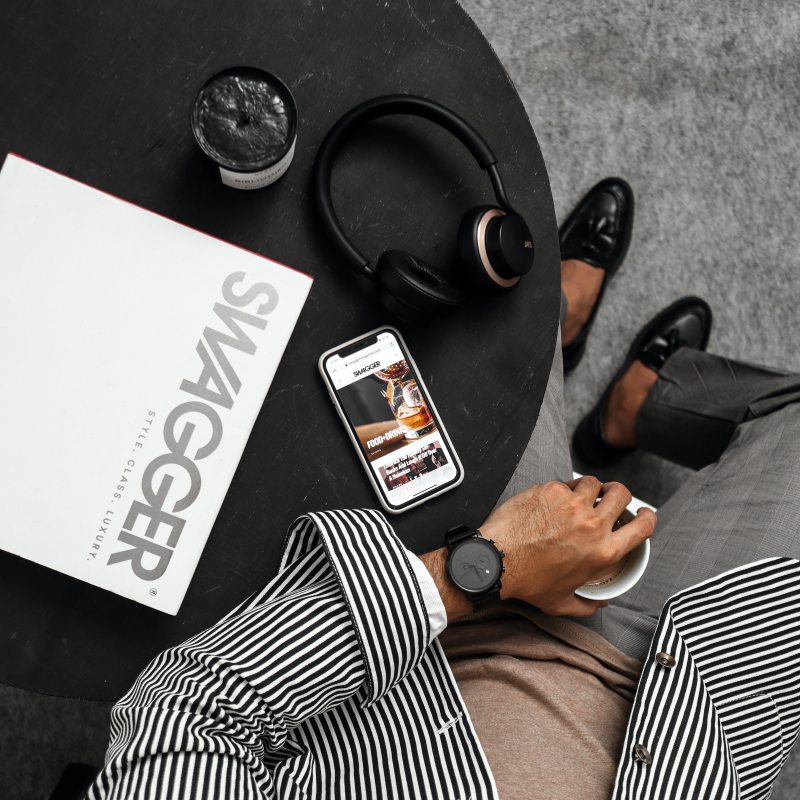
Photo by Drew Williams on Pexels POPEYE Magazine's Youtube Channel -
Men's Non-no is a Japanese monthly men's fashion and lifestyle magazine based in Tokyo. It is a spinoff of the women's magazine Non-no and is published by Shueisha.
Founded in 1986, Men's Non-no published its first issue in 1987. Although young men and college students read the monthly in the majority, women also read it. The magazine has articles on football, music, and fashion with a focus on lifestyle topics. It has recurrent figures of many races. There are also young male celebs in it. Men's Non-no had a circulation of 370,000 copies in 1999.This publication blends street style photos with frequent updates on new designer collections and a glance at what's popular in shops throughout the world. Hiroshi Fujiwara, a young Japanese artist, also contributes a column to it. It's simple to pick up and get lost in the magazine's pages because of its widespread influence and excellent photographs. You nearly don't realize you don't understand any Japanese.
The level of detail in Men's Non-no, a professional fashion publication, is astounding. Often organized into divisions, these stores range from hip shops like Lounge Lizard, Factotum, and Lad Musician to more prestigious international labels like Raf Simons, Dior Homme, and Paul Smith.Founded in: 1986
Website: https://www.mensnonno.jp/
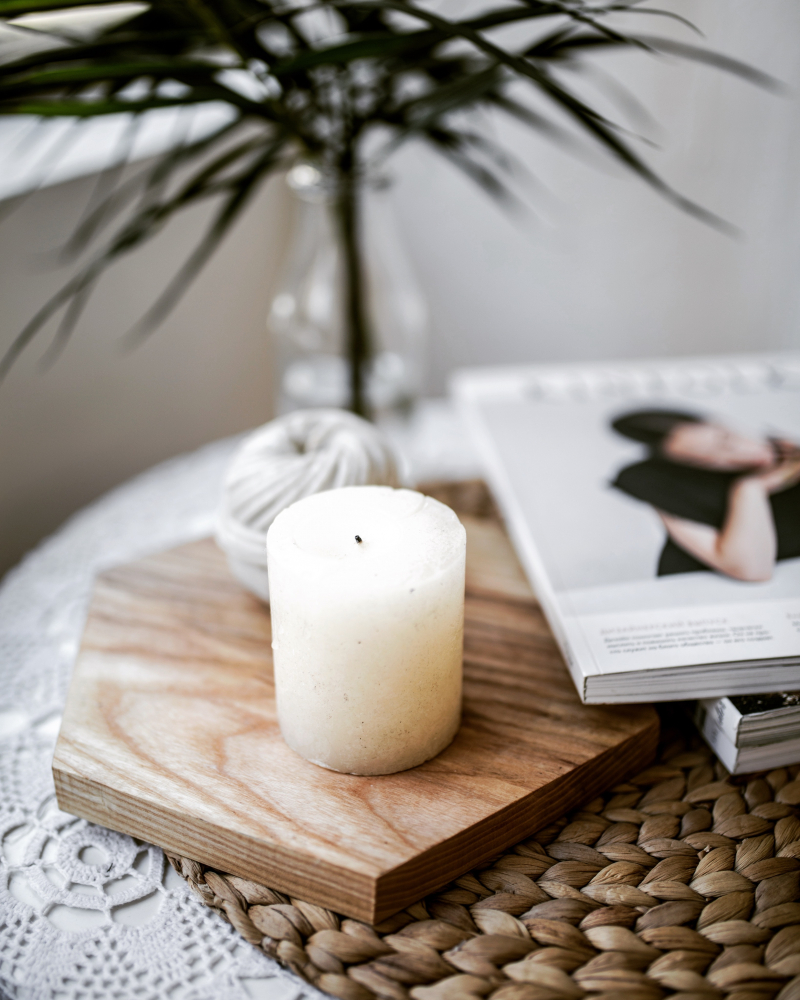
Photo by Alesia Talkachova on Pexels MEN'S NON-NO メンズノンノ【公式's Youtube Channel -
Weekly Shōnen Jump is a weekly shōnen manga anthology published in Japan by Shueisha under the Jump line of magazines. There are a lot of action sequences and some comedic ones in the manga series in the magazine. Every two to three months, tankōbon volumes under the Jump Comics label are released that contain the collected chapters of the series that appear in Weekly Shōnen Jump. It has been published continuously for a very long time; the first issue's cover date of August 1, 1968, makes it one of the oldest manga magazines.
Shueisha launched Weekly Shōnen Jump in 1968 to compete with the already popular Weekly Shōnenn Magazine (Kodansha) and Weekly Shōnen Sunday (Shogakukan). Shonen Jump quickly became one of the top-selling shonen magazines in the market by keeping a close eye on what its fans desired through surveys and polls. The New Year's issue of Shonen Jump (issues 3-4) in 1995 sold over 6.53 million copies at its peak, due in part to popular series like Dragon Ball and Slam Dunk. Furthermore, it had an average weekly circulation of nearly 1.3 million copies throughout 2021. Weekly Shonen Jump is home to several of the best-selling manga series.
The Weekly Shōnen Jump is currently serialization 22 manga titles. Hunter × Hunter and RuriDragon are now on hiatus, while the continuation of Burn the Witch has yet to be revealed.
Founder in: 1968
Website: https://www.shonenjump.com/j/

Photo by Karolina Grabowska on Pexels UnboxingJapanX's Youtube Channel -
Japanese music-focused monthly Music Magazine has been in print since 1969 and is produced by Music Magazine Corp. One of the most widely read publications on the topic in Japan, Music Magazine is made up of essays that situate the modern musical works of Japan in political and social contexts.
The publication was started in April 1969 under the name "New Music Magazine", and its founder immediately rose to fame. He is recognized for having introduced the examination of the background of musical works and for having pioneered contemporary music journalism in Japan. The literary and philosophical press will pay attention to the founder's appraisal of the Japanese socio-political situation, which will provide him with a certain authority.
"Where is Japanese rock?", one of their pieces from May 1971, has remained a well known illustration of the arguments surrounding the Japanese rock conflict.
Also, the journal changed its name to its current one - Music Magazine in 1980. The magazine includes rock and pop, both foreign and Japanese, as well as global music later on. It presently covers a variety of popular music genres. In the same way, the publication of Record Collectors' Magazine was created and became a Music Magazine offshoot that began in 1982.
Founder in: 1969
Website: https://musicmagazine.jp/

Photo by Anastasia Shuraeva on Pexels 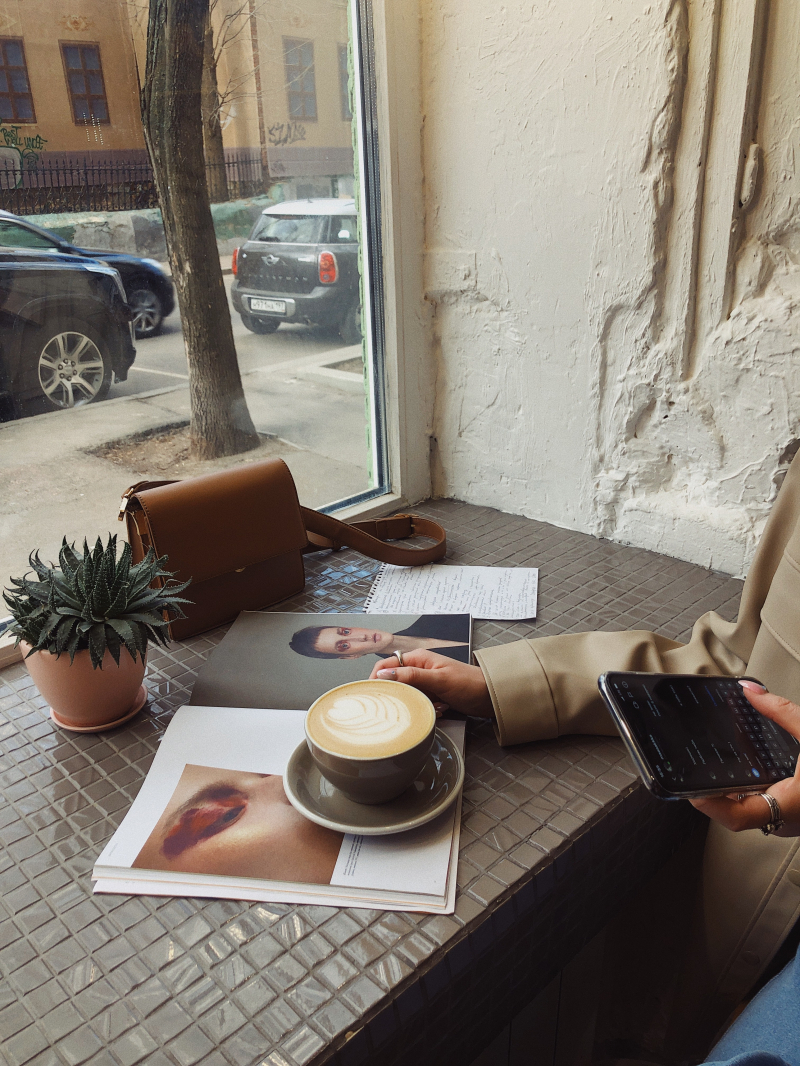
Photo by Viktoria Alipatova on Pexels












